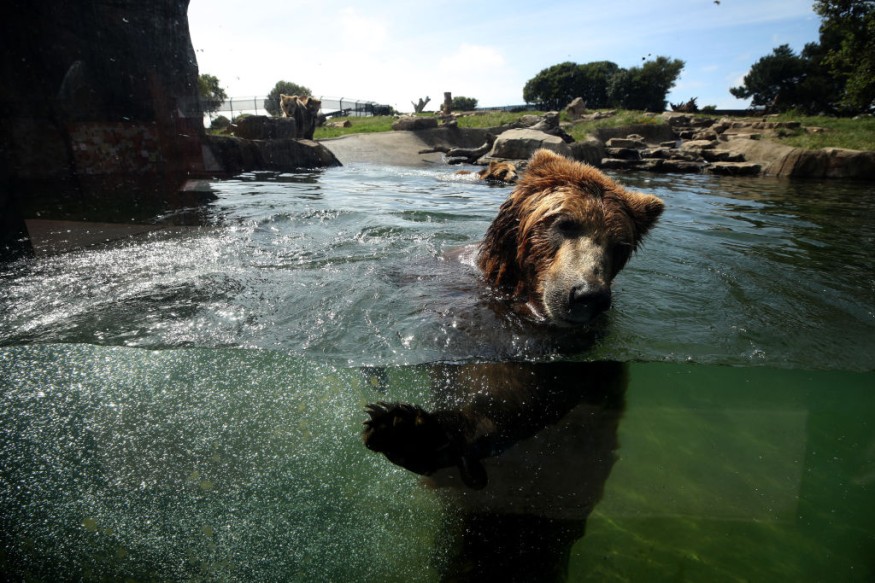Conservationists referred to the Canadian province of Alberta's lifting of a two-decade ban on grizzly bear hunting as a "slap in the face" amidst ongoing discussions about the survival of the imperiled species.

Grizzly Bear Population
After years of overhunting, agricultural growth, and urbanization caused the grizzly bear population-which had once topped 9,000 bears-to decline, Alberta prohibited grizzly bear hunting for the first time in 2006.
About 200 bears were found in national parks and about 850 on provincial territory, according to provincial authorities' estimates in 2002. The government of Alberta identified bears as an endangered species in 2010, and a recent count revealed that there were between 856 and 973 bears in the population.
However, the province covertly changed the Wildlife Act on June 17 to allow hunting of those considered to be "problem bears" once more.
The right-wing provincial government defended their decision as "protecting Albertans" and pointed to the eight bear assaults that have resulted in deaths and 62 maulings since 2005.
The minister's spokeswoman also mentioned 897 instances of livestock losses since 2016, saying that these losses have "greatly impacted Alberta farmers." However, it was not immediately obvious whether or not grizzly bears were to blame for any of these losses.
Although fatal bear assaults are extremely rare, after interacting with humans, the bear usually emerges worse. According to research, the University of Alberta estimates that in 2000, 21 grizzlies perished in collisions with trains in Banff National Park, while 75 grizzlies perished in car collisions in the province's larger Bow Valley region.
Using Of Fear
Nicholas Scapillati, the director of the nonprofit Grizzly Bear Foundation, accused the government of using fear to push its agenda.
He claims that the decision was made without consulting any parties, including the First Nations, independent conservation groups, or biologists.
"It's an absolute slap in the face to the province's grizzly recovery plan. We know how to lower the risk of dangerous interactions with bears, and it's not going out and killing them," he added.
The ministry of forestry and parks will establish a pool of qualified individuals under the province's amended regulations who may be granted permission to hunt a "problem" grizzly engaged in a human-bear conflict or the death of livestock.
If chosen to take a grizzly's life, the hunter needs to get to the bear's location and get permission to kill it within a day of being notified. Only if the bear is in an area where hunting is already allowed can the hunter pursue it.
The decision was "quietly made when no one was looking," according to Scapillati, which highlights the continuous struggle conservation organizations face to save species, especially those that are classified as threatened.
According to Devon Earl, a conservation specialist with AWA, hunting is not a suitable management strategy for a vulnerable species. The animals were designated as such in 2010. Because grizzly bears reproduce so slowly, trophy hunting has the potential to reverse all of the previous ten years of recovery.
Related Article : National Park Service Eyes Reintroducing Grizzly Bears To North Cascades Ecosystem
© 2025 NatureWorldNews.com All rights reserved. Do not reproduce without permission.





